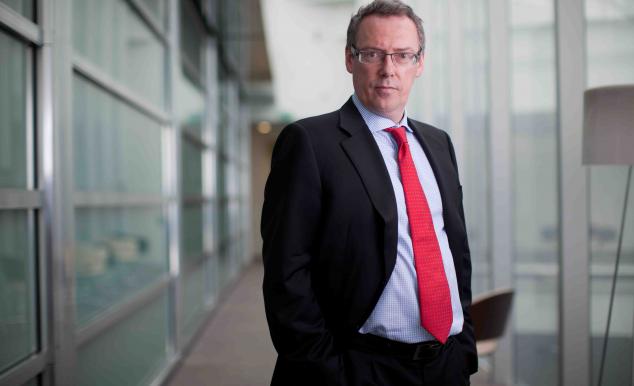Natixis Global Asset Management to Relocate Boston Headquarters to 888 Boylston
| By Alicia Miguel | 0 Comentarios
Natixis Global Asset Management, one of the largest asset managers in the world, announced it will relocate its United States corporate headquarters to 888 Boylston Street in Boston as the anchor tenant in a new office building being developed by Boston Properties adjacent to the Prudential Center in Boston’s Back Bay neighborhood. Expecting to build upon its sustained pattern of growth, Natixis will occupy approximately 128,000 square feet in five stories with the option to expand onto a sixth floor. Construction of Natixis’ space is scheduled for completion in fall 2017.
“We are thrilled to be a part of this exciting project for the City of Boston and the region’s economy,” said John Hailer, President and CEO of Natixis Global Asset Management, Asia and the Americas. “Boston has always provided an excellent home for Natixis, and we feel fortunate to be able to grow and further expand in this great city.”
The 17-story, 425,000-square-foot 888 Boylston Street is designed to be Boston’s most sustainable office building, using 45 percent less energy and 37 percent less potable water than an average office building. Customers at 888 Boylston can leave the lights off 60 percent of the time, as the building features daylight penetration to 95 percent of the floor area. Designed to achieve LEED Platinum certification from the U.S. Green Building Council, additional sustainable features include a chilled beam HVAC system, on-site rooftop wind power generation that will power all exterior building and plaza lighting, and a rain harvesting and reuse system.
“The Prudential Center has helped define the skyline of Boston for more than half a century, and 888 Boylston Street represents a new definition in sustainable building design,” said Bryan Koop, Boston Properties Senior Vice President and Regional Manager. “Natixis Global Asset Management has been an important corporate presence in the Back Bay for many years, and we are honored to have them as the lead customer at this exciting project.”
With more than 3,400 employees worldwide, 1,400 of whom are located in Boston, Natixis has expanded significantly over the last 15 years, having successfully acquired more than 15 new investment management firms. As a testament to its strategic growth, Natixis was recognized as the #1 U.S. mutual fund familyby Barron’s this year.
Consistently voted one of Boston’s best places to work by the Boston Globe and voted a “Top Charitable Contributor” by the Boston Business Journal in 2013, Natixis employees receive paid time off for volunteering and participate in an employee match program in which employees donated nearly $400,000 to various charities in 2013.
Natixis continues to expand its presence in Boston, adding more than 200 jobs in the past five years and more than 500 over the past decade. 888 Boylston will provide the space Natixis needs to conduct business, welcome growth both locally and internationally, and continue to be one of the best and most innovative places to work in Boston.
John Barry and Michael Joyce of Transwestern | RBJ represented Natixis in this transaction.




